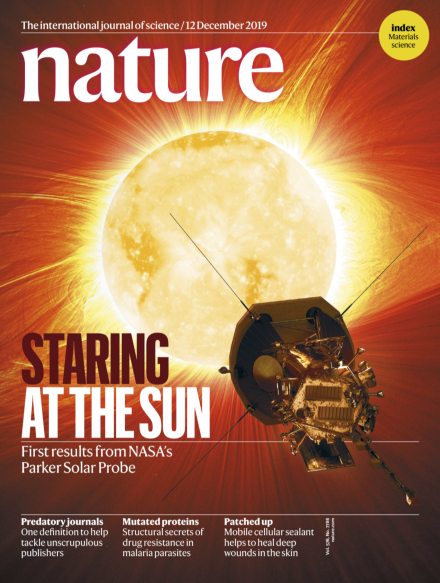Volume 576 Issue 7786, 12 December 2019
This Week
-
Editorial
-
-
World View
-
Research Highlights
News in Focus
-
News Round-Up
-
News
-
Features
Books & Arts
-
Book Review
-
Arts Review
-
Essay
Opinion
-
Obituary
-
Comment
-
Correspondence
Work
-
Q&A
-
Fighting fire with science
Career Guide:
-
-
Column
-
Where I Work
Research
-
News & Views
-
Articles

